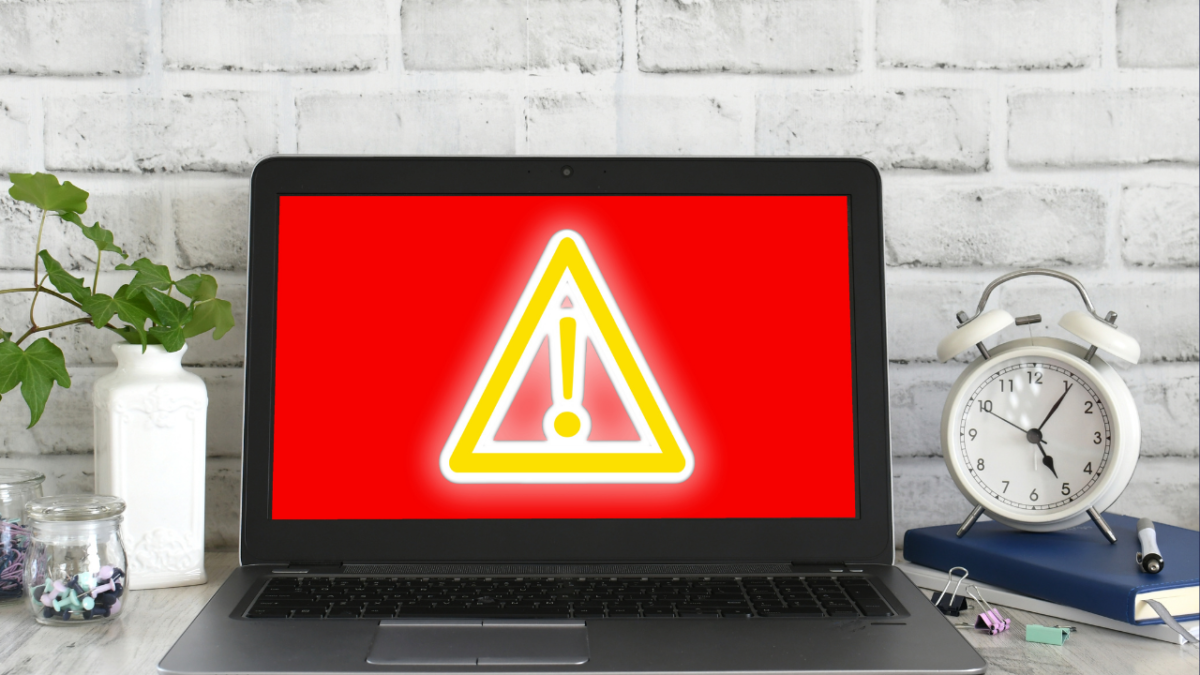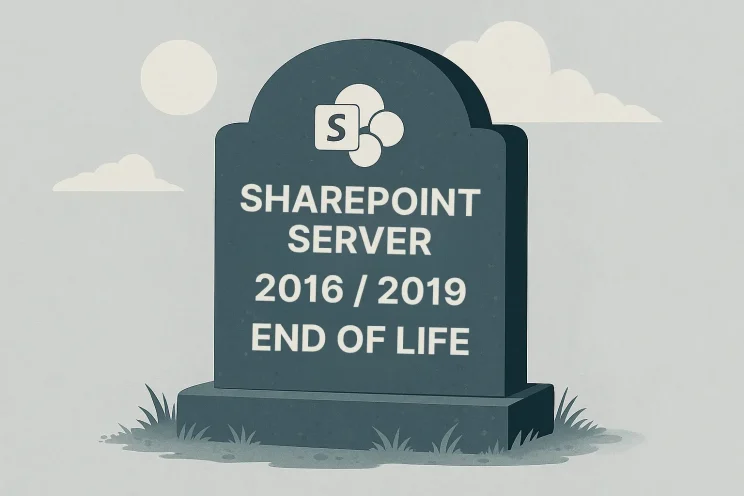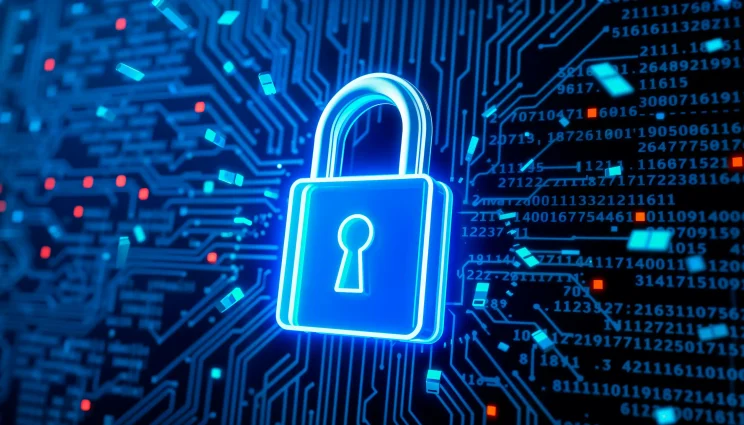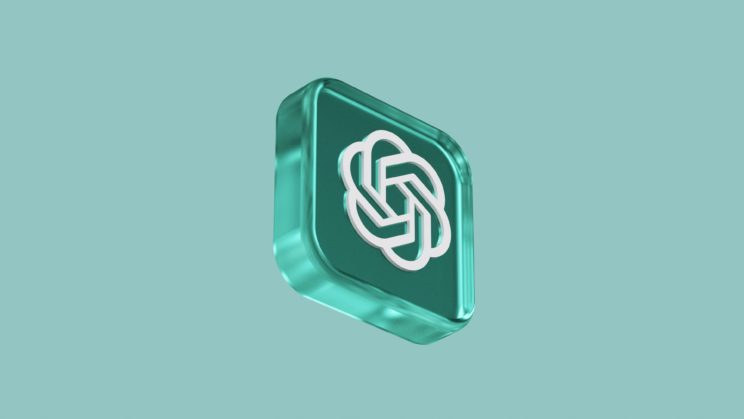It’s no secret that many companies, small and large, are feeling the effects of the uproar in ransomware attacks this past year. As we get ready to prepare for the new year, it’s important to reflect on our own business and find ways to improve on security. With many people still working from home after the pandemic, IT professionals had to get more creative to ensure security from any location. A Zero Trust Security Framework allows this to be a reality for any company that implements it.
Why is Ransomware Becoming So Popular?
We have seen numerous high-scale ransomware attacks in 2021 including the Colonial Pipeline, Kaseya, JBS, the Washington DC Metropolitan Police Department, and the NBA. As of this year, the average cost of a ransomware attack costs a business $1.85 million. Ransomware-as-a-service (RaaS) is taking over as large hacking organizations provide their services to other hackers looking to infiltrate an organization. Not only do these hackers attack businesses, but they also target home users and government networks. Virtually, no one is safe, but taking precautions could lessen the impact made.
Zero-Trust as Prevention
A Zero Trust Security Framework provides a more challenging barrier for attackers. Zero Trust’s motto, “Never trust, always verify,” assumes that a breach has already taken place and forces each device to gain its own access. This is different from past security measures where an entire network is protected as one entity. Now, whether you are in the office on your desktop or on your personal device in a coffee shop, you can be guaranteed the same security. Zero Trust is designed to minimize the impact that a breach may have. It does this by stopping the attack at the source, preventing it from spreading laterally across a network. While sometimes threat actors can be inside of a network for months without detection, Zero Trust allows real-time monitoring to keep business running efficiently.
Ways to Ensure Security:
- Address “Low Hanging Fruit”: Identifying and resolving issues that make it easier for threat actors to access a network should be the first step in any security measure.
- Least Privilege Access: Grant users the least amount of privilege possible to successfully achieve a task. This prevents attackers from easily accessing important information and roaming through the network.
- Multi-Factor Authentication (MFA): Having a second barrier to verify authenticity helps deter attackers as well as notify a business of suspicious activity.
Want to begin your Zero Trust journey? Download our Free Whitepaper to get started today!




